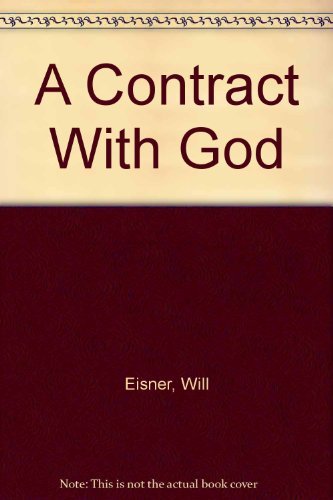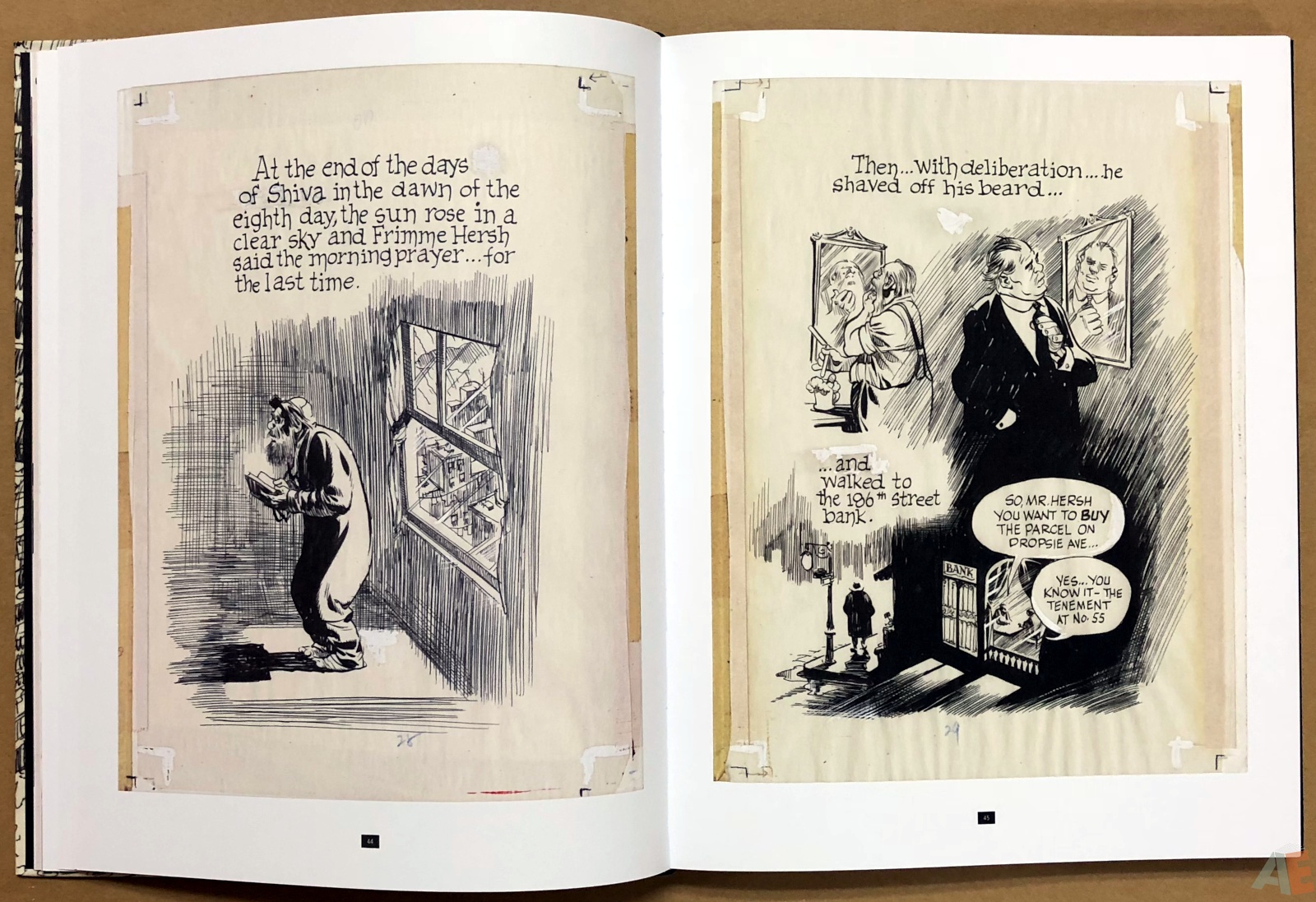

He found no support for his ideas, and left the world of commercial comics after ending his signature work The Spirit in 1952. Eisner uses large, monochromatic images in dramatic perspective, and emphasizes the caricatured characters' facial expressions few panels or captions have traditional borders around them.Įisner began his comic book career in 1936 and had long held artistic ambitions for what was perceived as a lowbrow medium. The stories are thematically linked with motifs of frustration, disillusionment, violence, and issues of ethnic identity. Contentsįour stand-alone stories make up the book: in "A Contract with God" a religious man gives up his faith after the death of his young adopted daughter in "The Street Singer" a has-been diva tries to seduce a poor, young street singer, who tries to take advantage of her in turn a bullying racist is led to suicide after false accusations of pedophilia in "The Super" and "Cookalein" intertwines the stories of several characters vacationing in the Catskill Mountains. Though the term "graphic novel" did not originate with Eisner, the book is credited with popularizing its use. Eisner produced two sequels set in the same tenement: A Life Force in 1988, and Dropsie Avenue in 1995. The book's short story cycle revolves around poor Jewish characters who live in a tenement in New York City. This mesmerizing, fictional chronicle of the universal American immigrant experience is Eisner's most poignant and enduring legacy.A Contract with God and Other Tenement Stories is a graphic novel by American cartoonist Will Eisner published in 1978.


With nearly one dozen new illustrations and a revealing brand-new foreword, this book ultimately tells the epic story of life, death, and resurrection while exploring man's fractious relationship with an all-too-vengeful God. Set during the Great Depression, this literary trilogy, assembled in one volume for the first time, presents a treasure house of now near-mythic stories that fictionally illustrate the bittersweet tenement life of Eisner's youth. "was closer to the writing of Bernard Malamud or Isaac Bashevis Singer than any comic art which had preceded it" (The Economist), A Contract with God, originally published in 1978, was the first graphic novel: the prototype-along with A Life Force and Dropsie Avenue-for such seminal works as Maus and Persepolis. The legendary graphic novel and the sequels that launched an art form.


 0 kommentar(er)
0 kommentar(er)
